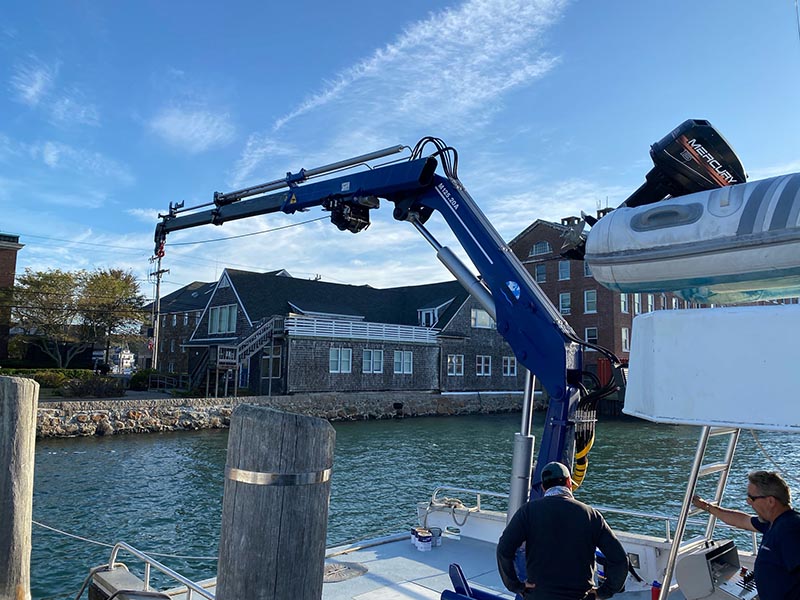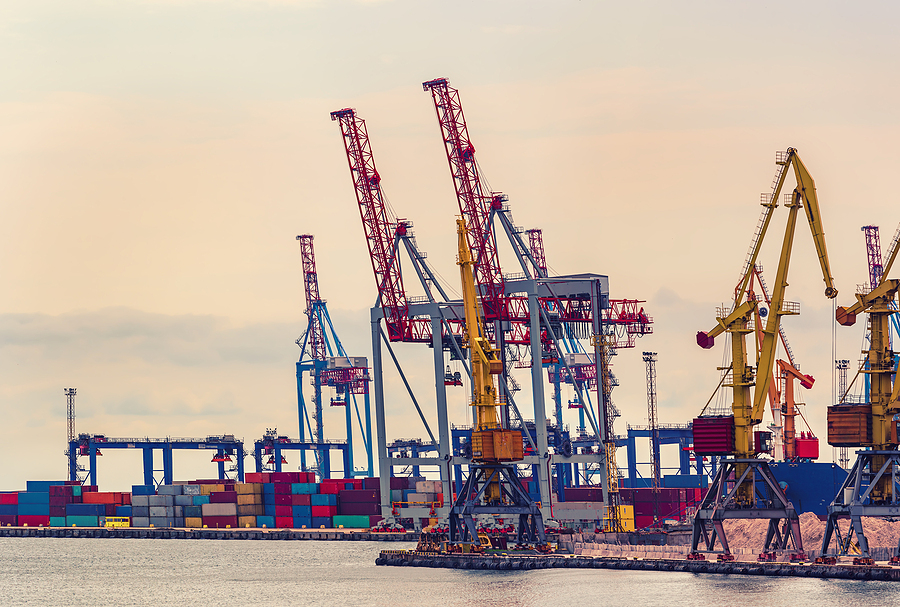If your vessel still relies on older lifting gear, a routine ship crane inspection isn’t enough. Aging components, legacy controls, and decades of cyclic loading can quietly erode safety margins. With the IMO’s new SOLAS Regulation II-1/3-13 for lifting appliances taking effect January 1, 2026, owners should tighten programs for safety audits for aging ship cranes now, so compliance isn’t a last-minute scramble.
Why Audits Are Tightening
The new SOLAS rule sets a uniform baseline for design, installation, periodical examinations, load tests, maintenance, inspections, and operation of onboard lifting appliances. In plain terms, surveys will look more similar across flags and classes, and older equipment will get closer scrutiny against a consistent yardstick. If you operate SOLAS ships, it’s smart to map your fleet’s lifting gear and documentation this quarter.
The Role of Class and Codes
Classification society standards remain your day-to-day playbook for what “good” looks like as cranes age. DNV’s ST-0377 (Shipboard lifting appliances) lays out requirements for certification and verification across structure, machinery, hydraulics, electrics, and controls—useful both for newbuilds and for auditing legacy cranes against current expectations.
Lloyd’s Register’s Lifting Appliances in a Marine Environment (LAME) code provides an equivalent framework and is periodically updated; it’s a common reference during upgrades, repairs, and recertification.
Ports-side best practice also feeds into vessel programs. The ILO’s Safety and health in ports code of practice emphasizes thorough examination of lifting appliances and loose gear, reinforcing that the “lifting system” is more than the crane: it includes hooks, slings, shackles, grabs, and spreaders—each with its own marking, records, and condition requirements. International Labour Organization
What a Safety Audit Covers
A routine ship crane inspection verifies current condition and basic function; a safety audit benchmarks the crane against today’s rules, probes deterioration mechanisms, and checks that your maintenance, testing, documentation, and operator practices match the crane’s real risk profile at its age and duty history.
Good audits look at structure and slew systems (cracking, corrosion wastage, bearing condition and bolt elongation records), hoisting machinery and brakes (wear, heat, leaks), and control/safety functions (overload protection, limit switches, emergency stops). They also verify that loose gear is certified and traceable.
Use the audit to decide what needs immediate action, what needs trending, and what needs capital planning.
Wire Ropes: Inspection and Retirement
As cranes age, rope condition becomes a leading indicator. ISO 4309:2017 defines care, inspection, and discard criteria for crane wire ropes, including broken-wire counts by rope category, diameter reduction, corrosion, and deformation such as bird caging or kinks.
Aligning your rope logs to ISO 4309 (install dates, inspection notes, measured degradation, and discard decisions) turns subjective debates into defensible decisions, especially when auditors review remaining life claims.
Tests, Intervals, and Documentation
Under the SOLAS framework, expect consistent expectations for periodical examinations, load tests after major repairs or alterations, and thorough documentation of SWL marking and records.
The associated IMO guidelines (MSC.1/Circ.1663) detail how certified lifting appliances should be recorded and examined. ABS’s Guide for Certification of Lifting Appliances remains a practical reference for structuring your exam/test matrix and records.
Common Findings on Older Ship Cranes
- Corrosion and coating breakdown on booms, pedestals, and foundations: prioritize targeted NDT, repair, and coating system upgrades.
- Slewing bearing/seal issues from lubrication gaps or water ingress: adopt grease sampling, seal renewal, torque/bolt inspection campaigns.
- Rope degradation beyond ISO thresholds: replace ropes and inspect sheaves/alignment to avoid early repeat failures.
- Obsolete or bypassed controls (limits, overloads): retrofit safety relays/sensors and make functional checks part of routine ops.
- Loose gear gaps (unmarked hooks/shackles, missing certs): quarantine until recertified or replaced.
Building a Right-Sized Audit Cadence
Not every vessel needs the same frequency. Cranes with higher duty cycles, harsh environments, or prior defect history merit shorter intervals or a broader NDT scope. Conversely, lightly used provision cranes might focus on corrosion control, limit testing, and rope health with annual thorough examinations and targeted load tests per class/flag requirements. Use your initial audit to set a risk-based cadence and to define what “thorough” means for your specific designs and ages.
What “Good” Files Look Like
Strong crane files make surveys and port calls faster, and protect you when making life-extension decisions. Keep the original certification baseline (drawings, manuals, SWL and duty class), a clean change history (repairs, retrofits, deratings), complete inspection/test/NDT records, ISO 4309-aligned rope logs, and operator/maintainer competence records. Organize by crane and by year, with an index that an onboard auditor can navigate in minutes.
Practical Checklist
- Map your cranes and loose gear against SOLAS II-1/3-13 readiness; identify gaps.
- Align your inspection/test matrix to the latest class code you follow (DNV ST-0377, LR LAME, or equivalent).
- Adopt ISO 4309 rope criteria and standardize the rope log format across the fleet.
- Close documentation gaps (SWL markings, certificates, NDT, torque checks, load tests).
- Book a competent-person thorough examination with risk-based NDT focused on known hot spots for your designs and ages.
Extend the safe working life of your legacy cranes, without guesswork. Our team designs safety audits for aging ship cranes that align with SOLAS 2026, class rules, and ship crane inspection best practices. We’ll benchmark each crane, close gaps, and set a clear plan for repairs, retrofits, and documentation. Contact us to schedule a vessel-wide lifting audit and keep operations compliant, reliable, and safe.




